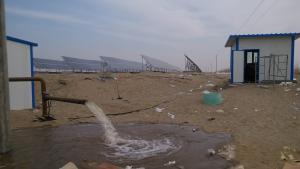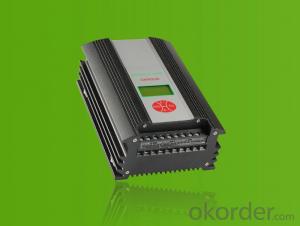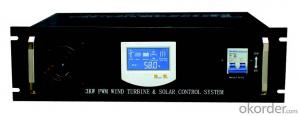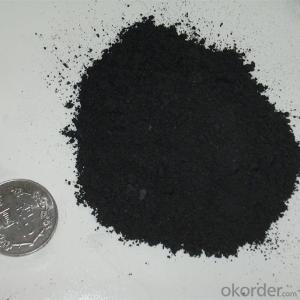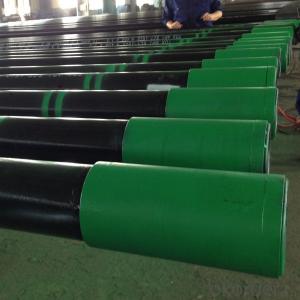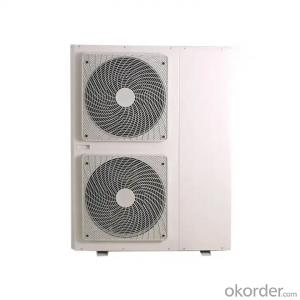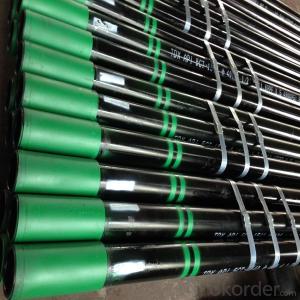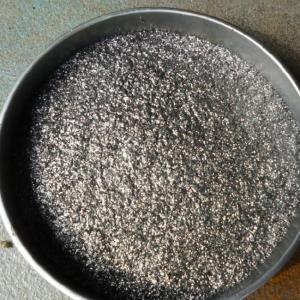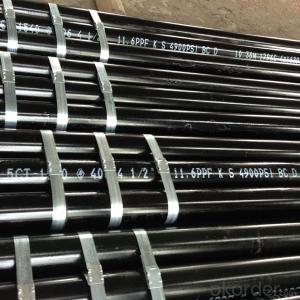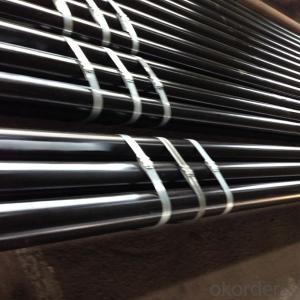Smart Hybrid Solar Inverter
Smart Hybrid Solar Inverter Related Searches
Smart Solar Inverter Solar Smart Inverter Smart Solar Power Inverter Hybrid Solar Inverter Smart Inverter Solar Solar Hybrid Inverter Inverter Solar Hybrid Solar Inverter Hybrid Hybrid Solar Power Inverter Inverter Hybrid Solar Hybrid Inverter Solar Hybrid Solar Inverter System Solar System Hybrid Inverter Solar Hybrid Inverter System Smart Inverter Solar Power Buy Hybrid Solar Inverter Hybrid Inverter Solar System Hybrid Solar Charger Inverter Solar Smart Micro Inverter Solar Panel Hybrid Inverter Best Solar Hybrid Inverter Best Hybrid Solar Inverter Solar Edge Hybrid Inverter Hybrid Inverter Solar Panel Hybrid Inverter Charger Solar Intelligent Solar Inverter Solar Hybrid Pcu Inverter Solar Hybrid Inverter 48v Hybrid Solar Inverter 48v Hybrid Solar Inverter ChargerSmart Hybrid Solar Inverter Supplier & Manufacturer from China
Smart Hybrid Solar Inverter is a cutting-edge product designed to optimize the performance of solar energy systems by combining the functions of both a solar inverter and a battery charger. This innovative technology allows for seamless integration of solar power with energy storage, enhancing the overall efficiency and reliability of renewable energy solutions.The Smart Hybrid Solar Inverter is widely used in various applications, including residential, commercial, and industrial settings. It is particularly beneficial in scenarios where grid-tied solar systems require backup power or energy storage capabilities. By managing both the conversion of solar energy into usable electricity and the charging of batteries, this product ensures a continuous power supply even during periods of low sunlight or grid outages.
Okorder.com is a leading wholesale supplier of Smart Hybrid Solar Inverters, boasting a vast inventory to cater to the diverse needs of customers worldwide. With a commitment to quality and customer satisfaction, Okorder.com offers competitive pricing and reliable service, making it a trusted source for those seeking to invest in advanced solar energy solutions.
Hot Products






